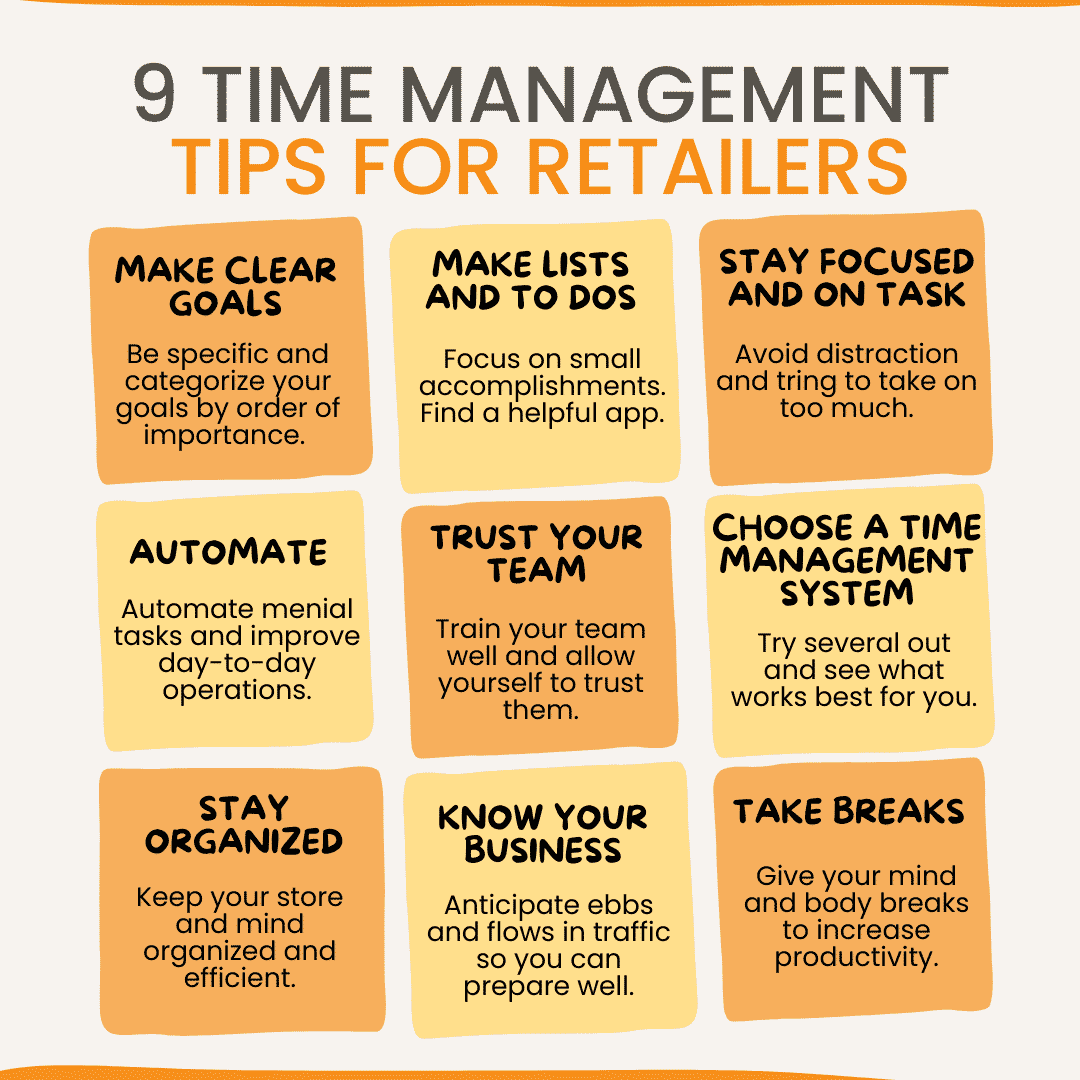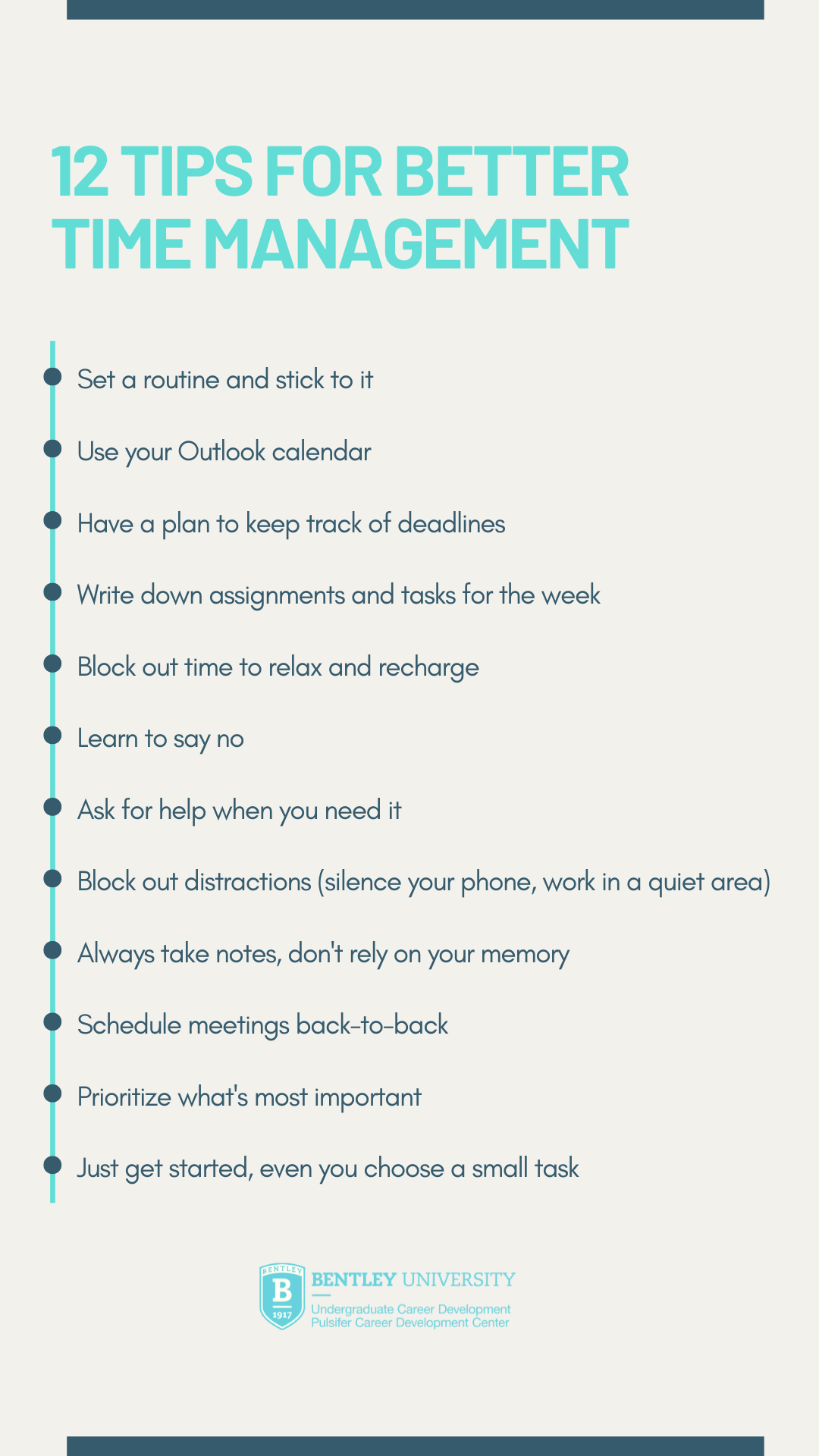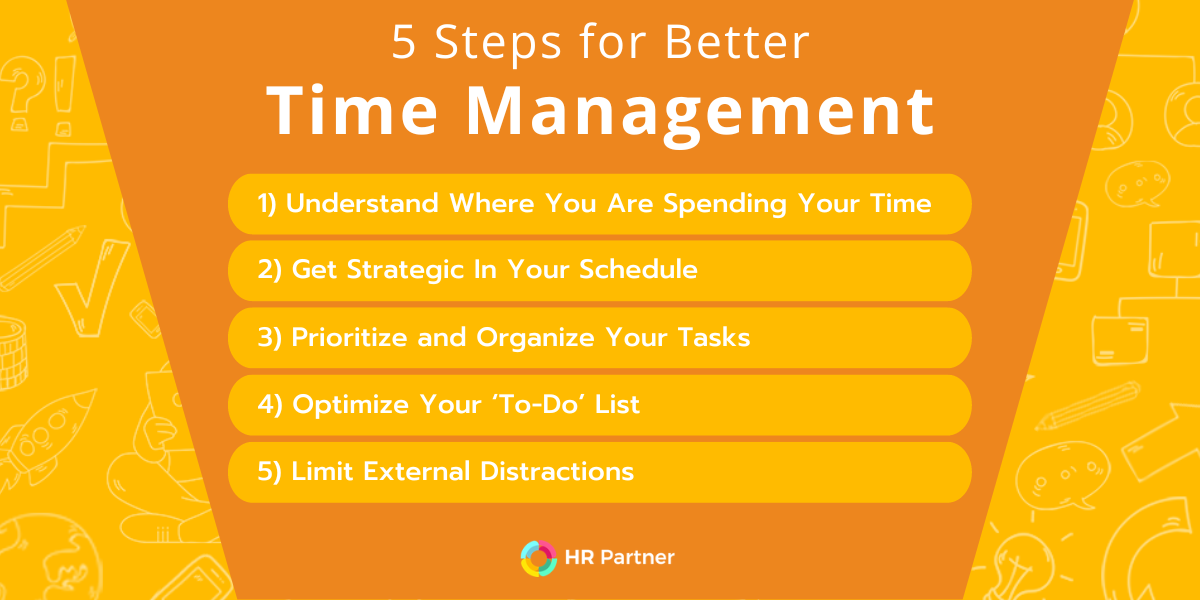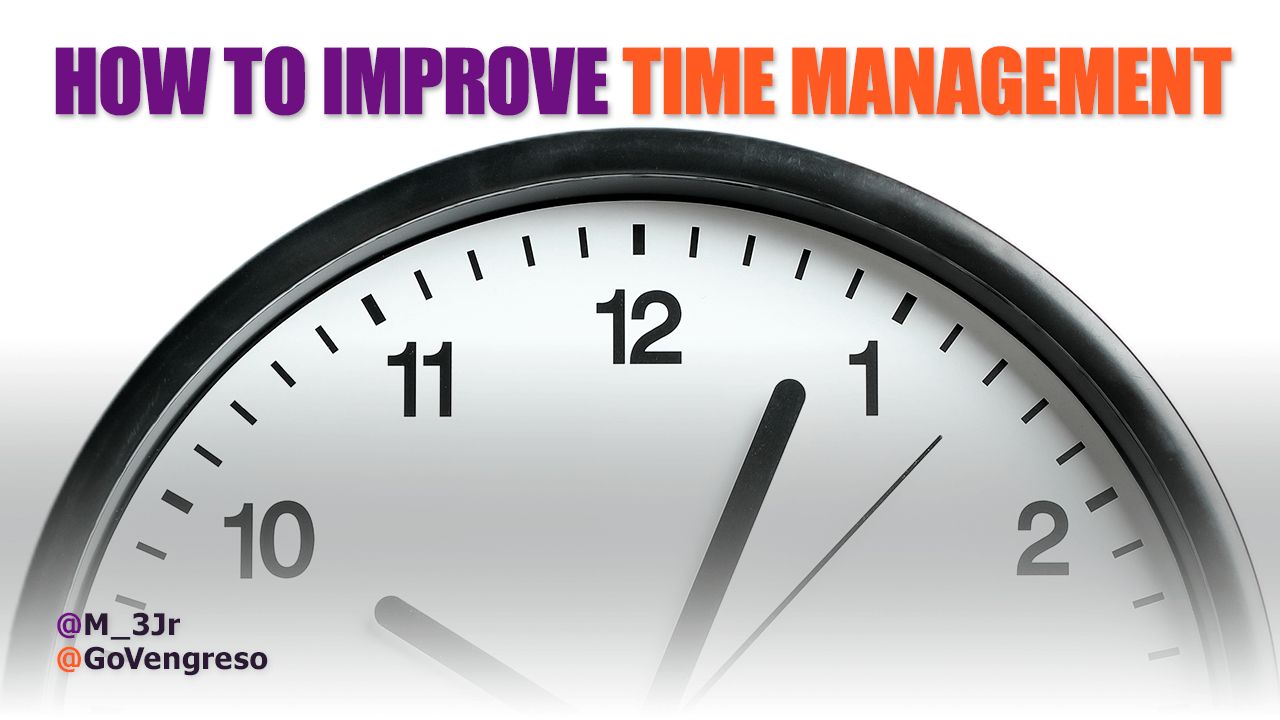How To Get Better At Time Management
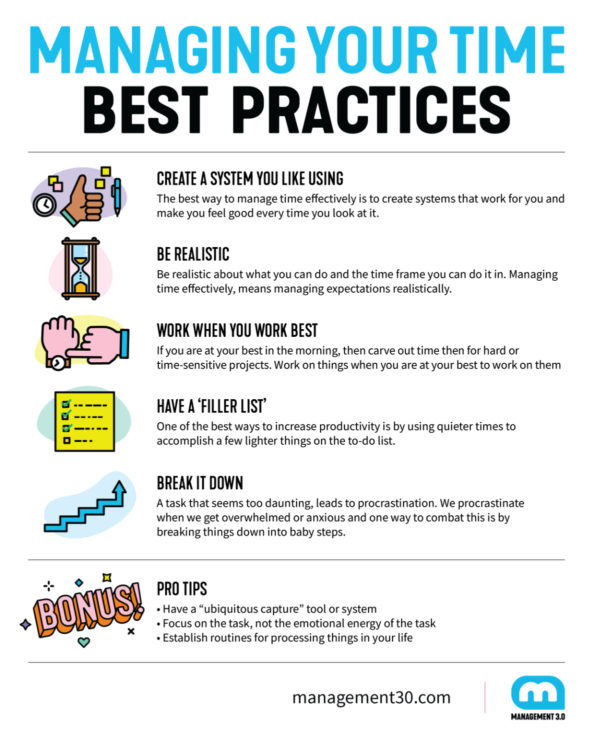
Feeling overwhelmed? You're not alone. Mastering time management can drastically reduce stress and boost productivity.
This guide delivers actionable strategies to reclaim control of your schedule and achieve your goals, based on proven techniques and expert advice.
Identify Your Time Wasters
Where does your time actually go? Start by tracking your activities for a week. Use a time tracking app or a simple notebook to record how you spend each hour.
Once you have data, analyze it. Identify the biggest time drains: social media, excessive meetings, or procrastination.
Prioritize Ruthlessly
Not all tasks are created equal. Learn to prioritize using methods like the Eisenhower Matrix (urgent/important) or the Pareto Principle (80/20 rule).
Focus on the 20% of activities that yield 80% of your results. Delegate or eliminate low-value tasks.
Set SMART Goals
Vague goals lead to wasted time. Define your objectives clearly using the SMART framework: Specific, Measurable, Achievable, Relevant, and Time-bound.
For example, instead of "get in shape," aim to "run a 5k in 3 months by training three times a week."
Master the Art of Scheduling
Block out time for specific tasks in your calendar. Treat these appointments like any other important meeting.
Include buffer time between meetings to prevent schedule overruns and allow for unexpected interruptions.
Embrace Time-Blocking
Allocate specific time blocks for particular types of activities. This helps you focus and minimize distractions.
For example, dedicate mornings to focused work and afternoons to meetings and emails. Respect these blocks.
Learn to Say No
Overcommitting is a major time management killer. Politely decline requests that don't align with your priorities.
Protect your time by setting boundaries and learning to say "no" without guilt.
Batch Similar Tasks
Avoid task-switching, which reduces productivity. Group similar activities together to minimize context switching.
For example, handle all your emails at once, rather than checking them constantly throughout the day.
Utilize Time Management Tools
Leverage technology to streamline your workflow. Explore apps like Trello, Asana, or Todoist for task management.
Calendar apps like Google Calendar or Microsoft Outlook can help you schedule and track appointments.
Take Regular Breaks
Working non-stop leads to burnout. Schedule short breaks throughout the day to recharge and refocus.
The Pomodoro Technique (25 minutes of work followed by a 5-minute break) can boost concentration.
Eliminate Distractions
Identify your biggest distractions and eliminate them. Turn off notifications, close unnecessary tabs, and find a quiet workspace.
Use website blockers or noise-canceling headphones to minimize interruptions.
Delegate When Possible
Don't try to do everything yourself. Delegate tasks to others when appropriate, freeing up your time for more important responsibilities.
Clearly communicate expectations and provide the necessary resources for successful delegation.
Review and Adjust
Time management is an ongoing process. Regularly review your strategies and make adjustments as needed.
What works today might not work tomorrow. Stay flexible and adapt to changing priorities and circumstances. Seek advice from mentors, productivity gurus, and online resources.
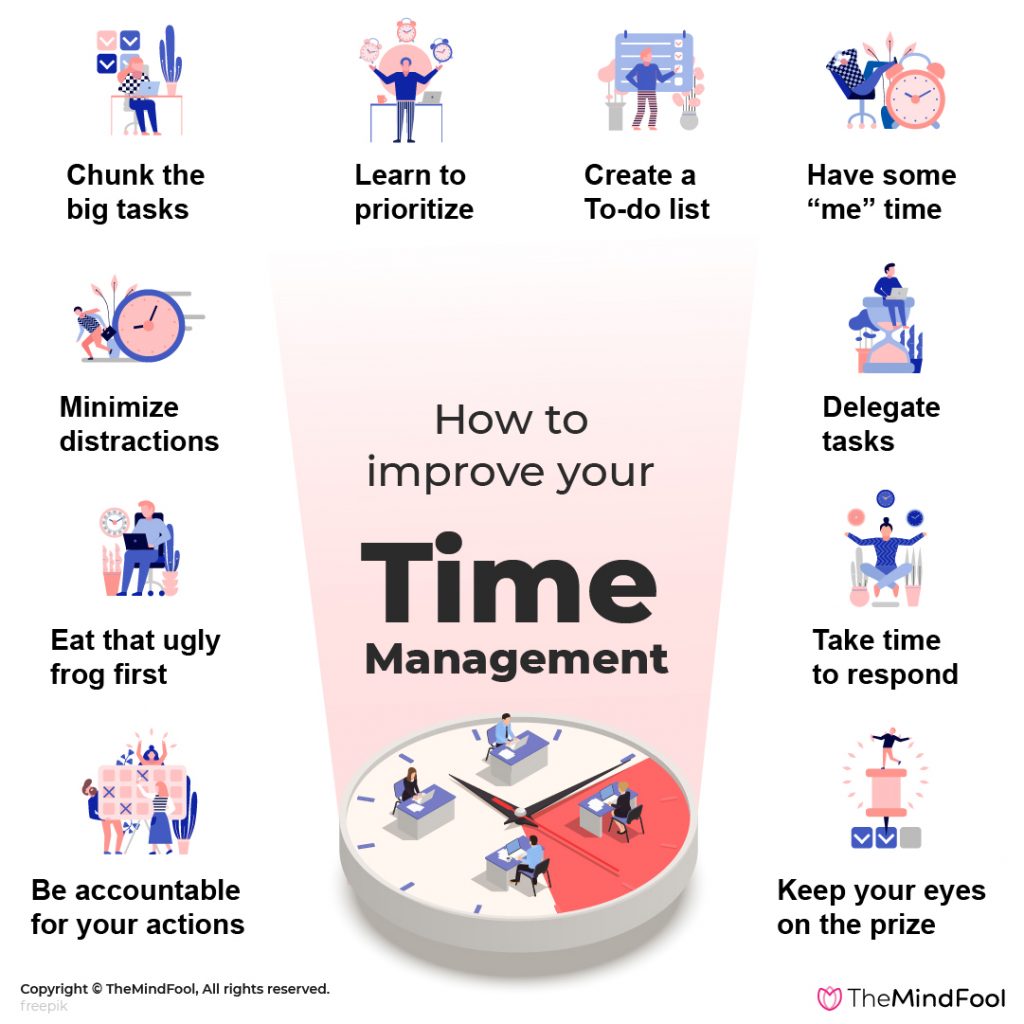


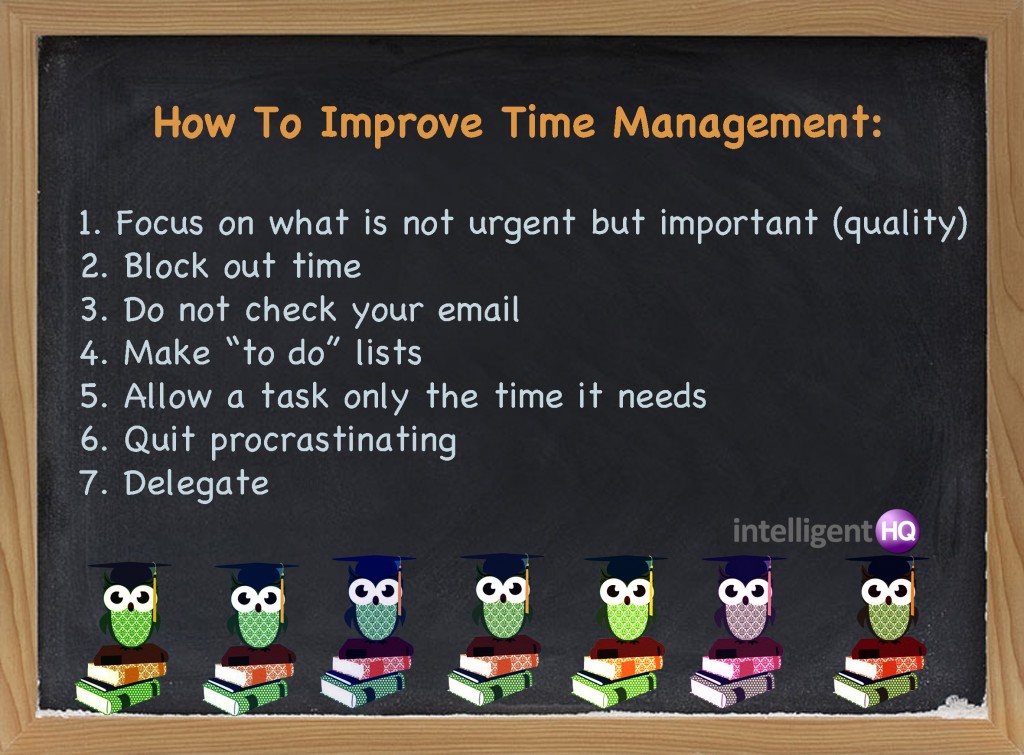
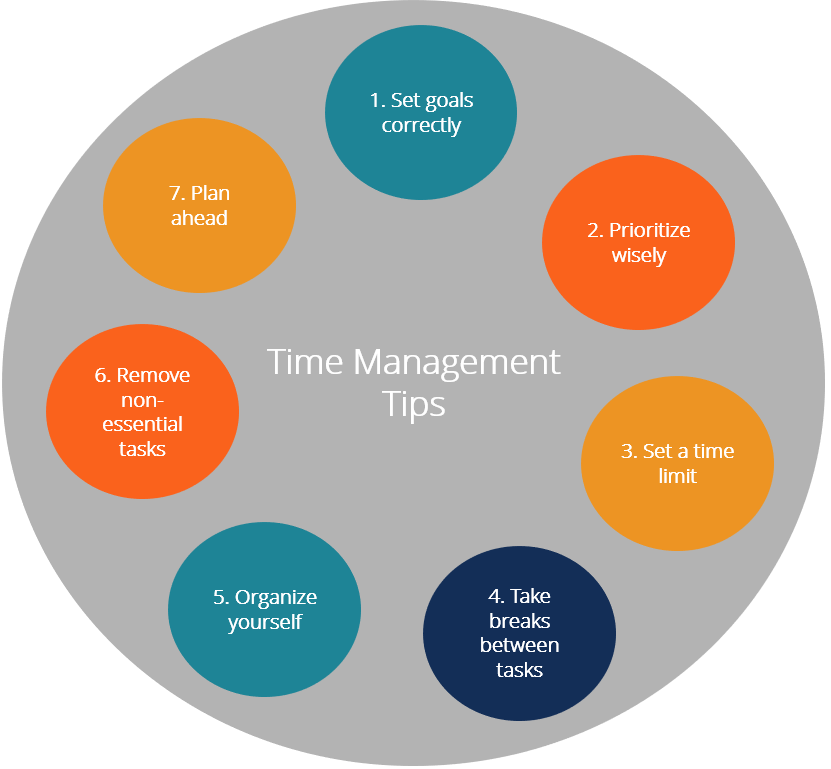

.png)
